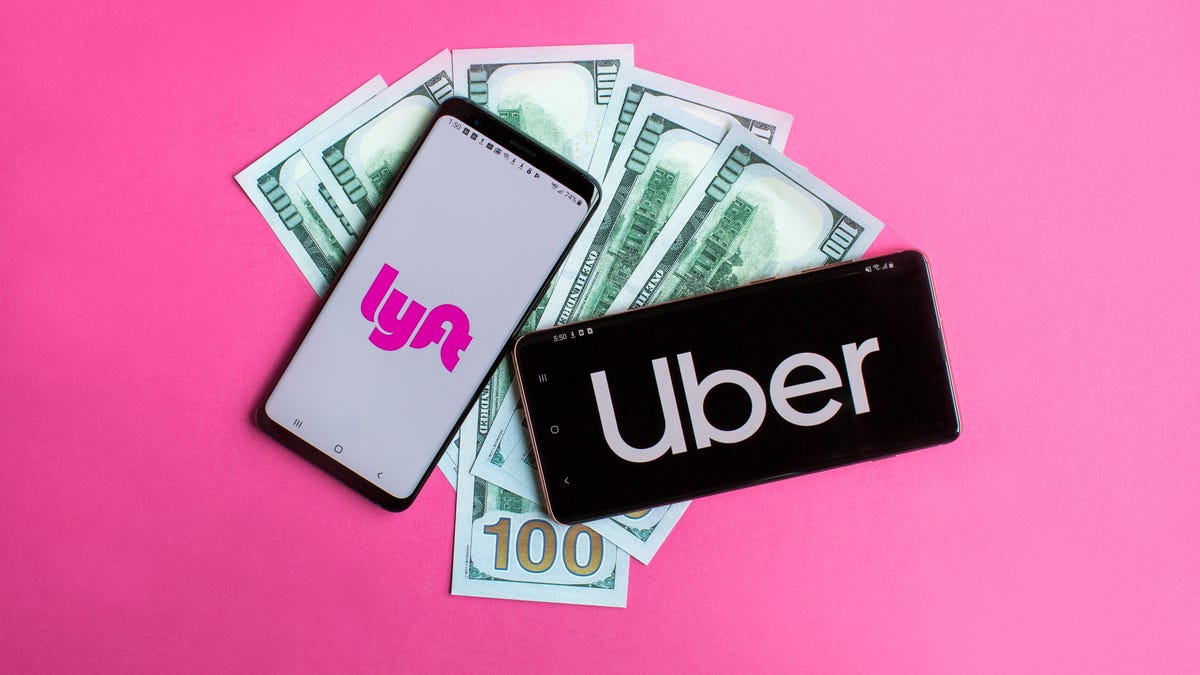Ride-hailing companies like Uber and Lyft have been making traffic worse, report says
The surprising part is that both Uber and Lyft are admitting it.
Living in a city like Los Angeles gives one a unique perspective on traffic. Compared with a city like New York or San Francisco, we have all the room in the world for cars on our almost innumerable roads, but we also have like 10 million people trying to use them. Ride-hailing giants Uber and Lyft were thought to help with that, but both companies admitted on Monday that it hasn't been the case.
The advent of ride-hailing apps was supposed to lessen traffic, or at least make it less dense because people would no longer be puttering around town by themselves in their cars, taking up space on the road, burning gas and generally being a bother.
See, Uber and Lyft's data showed drivers' average vehicle miles traveled was squarely in the low single digits as a percentage compared with vehicle traffic as a whole. That number goes up to double digits in cities like San Francisco, where it's still much less than the percentage of private vehicle traffic, but statistically significant.
And those VMT numbers are higher than was anticipated. According to a report by CityLab, San Francisco's numbers are around double what had been estimated.
The popularity of ride-hailing services also doesn't necessarily mean fewer vehicles on the road. The study found that as much as 62% of the driving that a ride-hailing car does is without a passenger. That 's due to driving around, waiting for a ride or driving from a drop-off to another pick-up.
What's the takeaway here? Basically, rather than delivering on their promise of making traffic less dense by taking cars off the road, ride-hailing companies have been making it worse -- not dramatically worse, but noticeably so. The question is now, what can be done about it?


